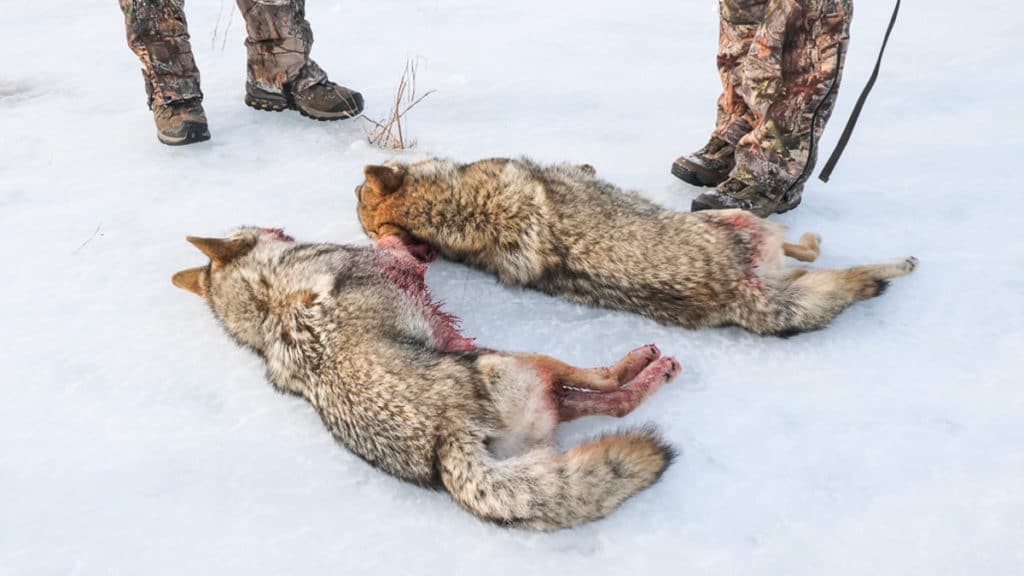
Hunting predators is a curiously different discussion from hunting other game animals. No one is surprised that you hunt deer or ducks. But bears, cougars, wolves, coyotes, bobcats, foxes, and many other predatory critters have a different relationship with humans than deer, elk, and antelope. In many places, they are pests that steal chickens and affect a family’s economy. Stories make them out to be villains who eat children and trick their way into destroying towns.
They also fascinate us as fellow predators. We watch them stalk and learn to mimic their styles to get closer to game. There’s majesty in the way they move and we anthropomorphize their play and imagine them as clumsy people and playful puppies. There’s no denying that bear cubs, canine pups, and feline kittens are adorable — no matter how deadly they will be in a matter of months.
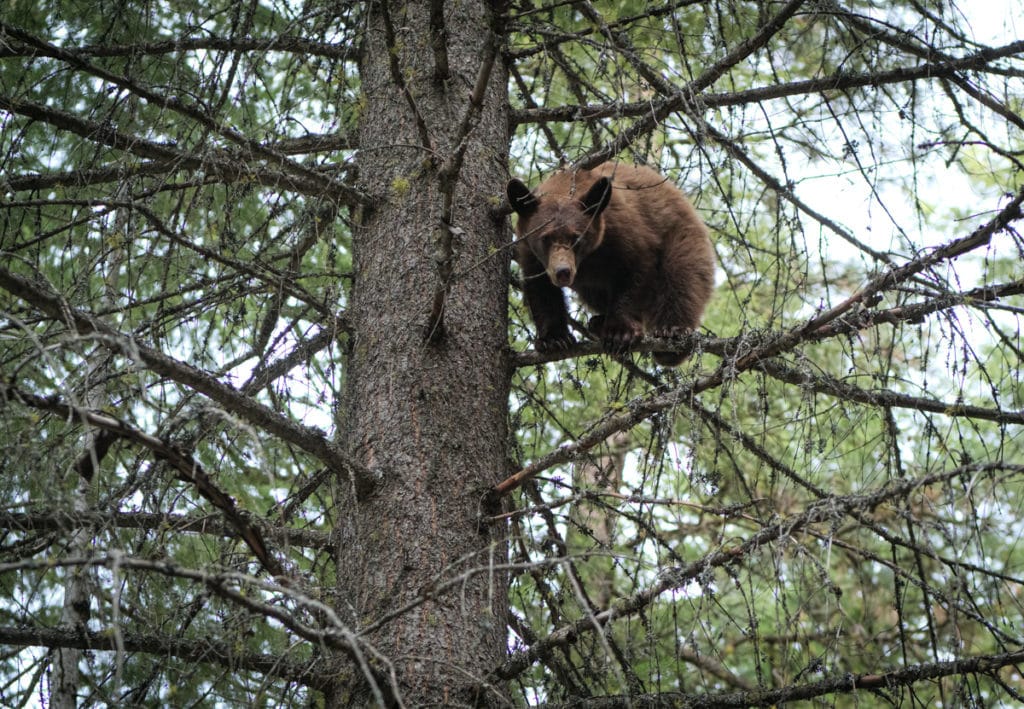
But non-hunters have been told that hunting predators is bad. They are the apex of the food cycle and nature’s population control. Anti-hunters use predator hunting as an inroad to stop all hunting. After all, cruelly trapping or chasing these poor creatures with dogs is barbaric and torturous, right? Anti-hunting groups have successfully stopped predator hunting and trapping in several states, without regard to science. They don’t tell people that in place of hunters, the state and federal governments must now kill these animals and they can’t utilize them the way hunters do.
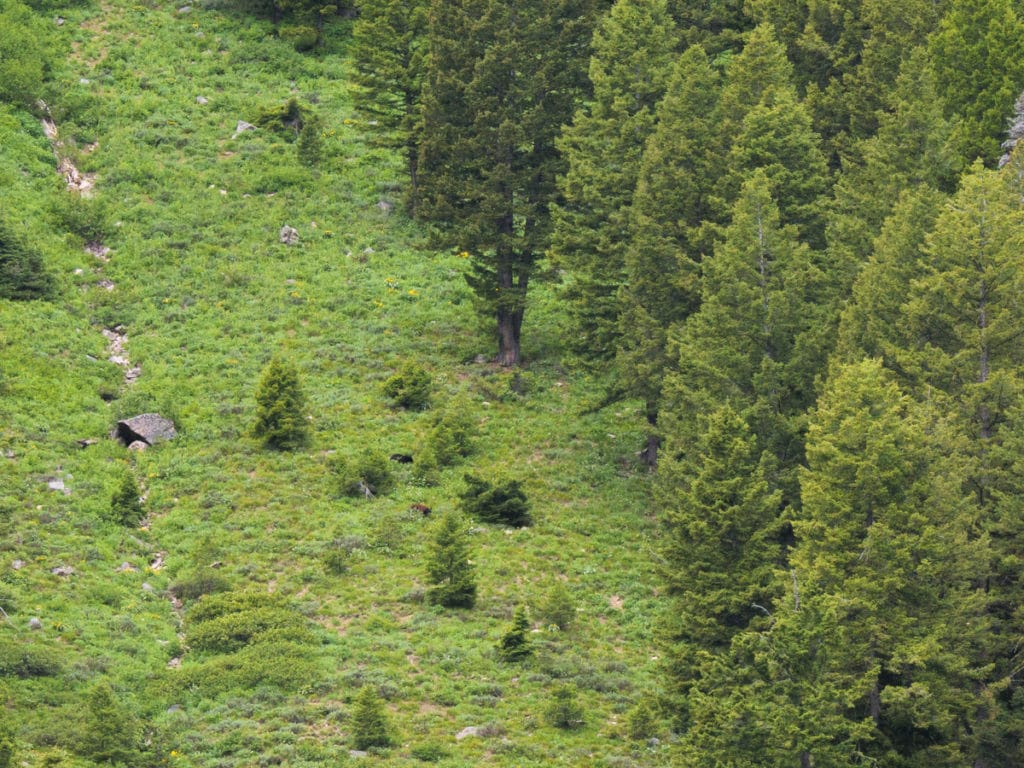
Sometimes hunters are not helping the situation. I’m not personally a fan of shooting animals for fun. Shooting jackrabbits and coyotes and ground squirrels as targets doesn’t appeal to me. I think that way because of my suburban upbringing as well as my cultural values. My rurally-raised friends have a different relationship with these animals. They may see them as pests and livestock killers. Your ideas on the subject are also shaped by your culture, and I’d encourage you to consider where your biases come from. I’m not saying anyone needs to change and do the thing the way I do, but I do think you should realize where your thinking originates.
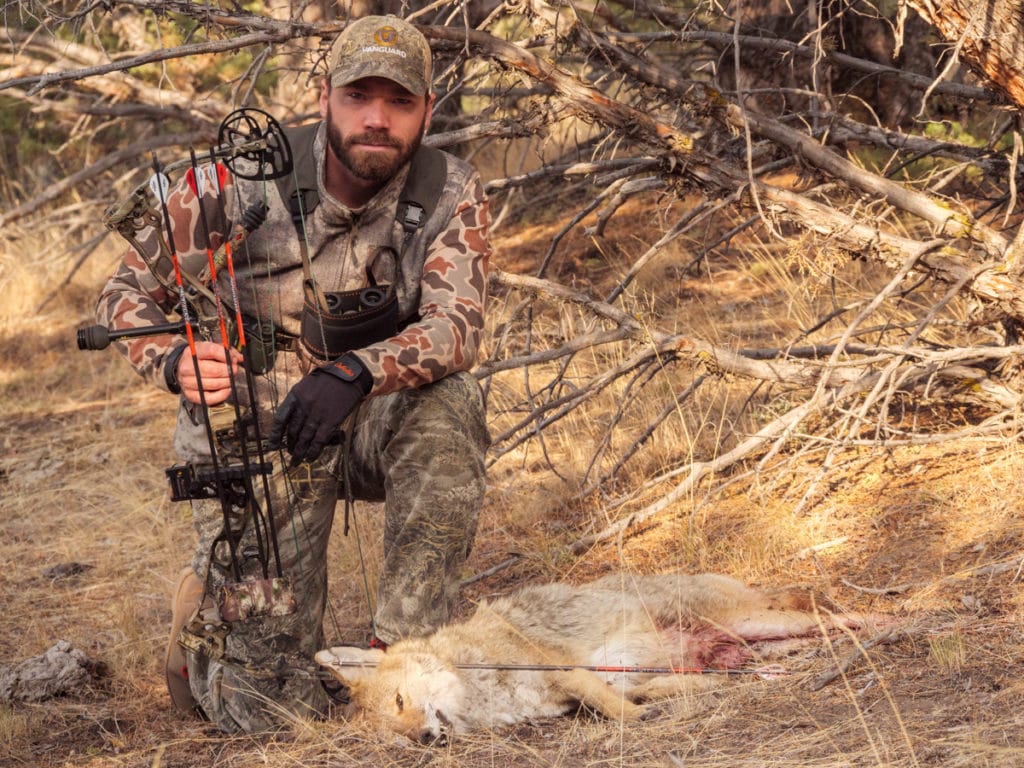
There’s room for people to be opposed to killing predators and for people to be in favor of it.
For instance, my neighbor here in Idaho has a large dairy with thousands of cows (did you know Idaho is the third-largest milk-producing state?). His land includes a huge wild hill/mountain in the middle of it with pasture and cultivated fields encircling the little mountain. Cultivated fields fill the huge valley all the way to the mountains on every side. This little mountain in the middle of the valley is home to hundreds of mule deer, coyotes, raccoons, skunks, marmots, mice, pigeons, pheasants, and many more animals. My friend likes me to hunt marmots (rock chucks) on the hill because those little critters come down and eat his alfalfa like maniacs. He also wants help with the raccoons who eat his feed each night. Deer come into his hay barns all winter and eat the food put aside for his cows. However, he doesn’t mind the coyotes because they help by eating a whole lot of mice.
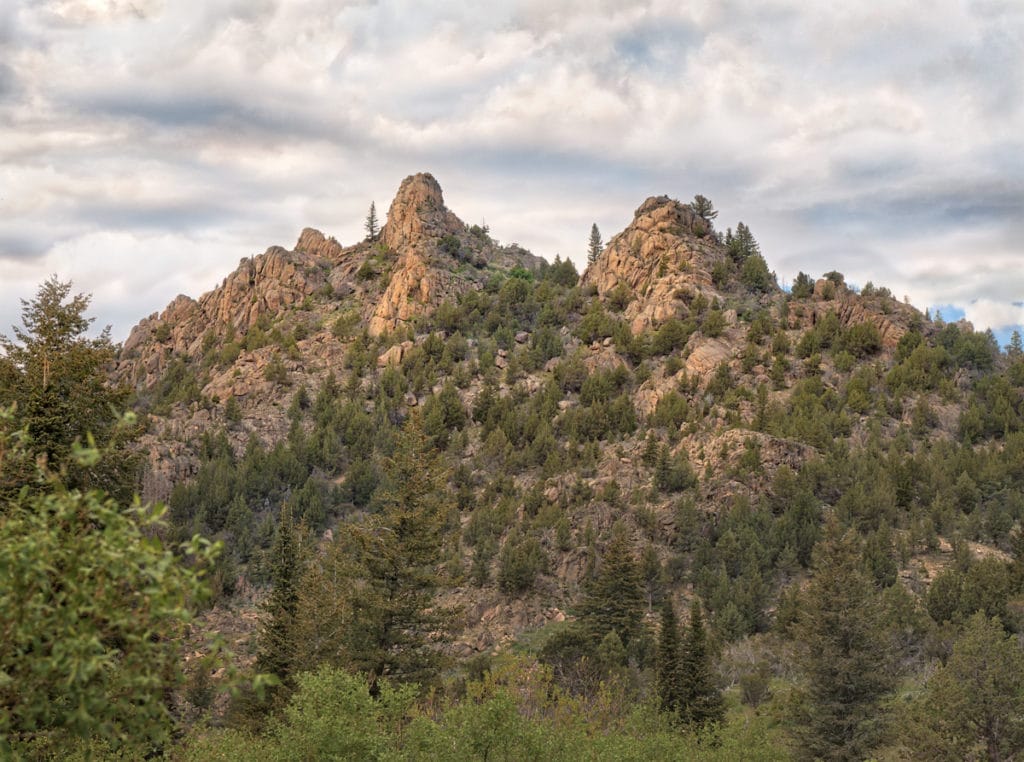
My friend has predators he’d like gone, predators he likes to have around, and plenty of non-predators that make pests of themselves.
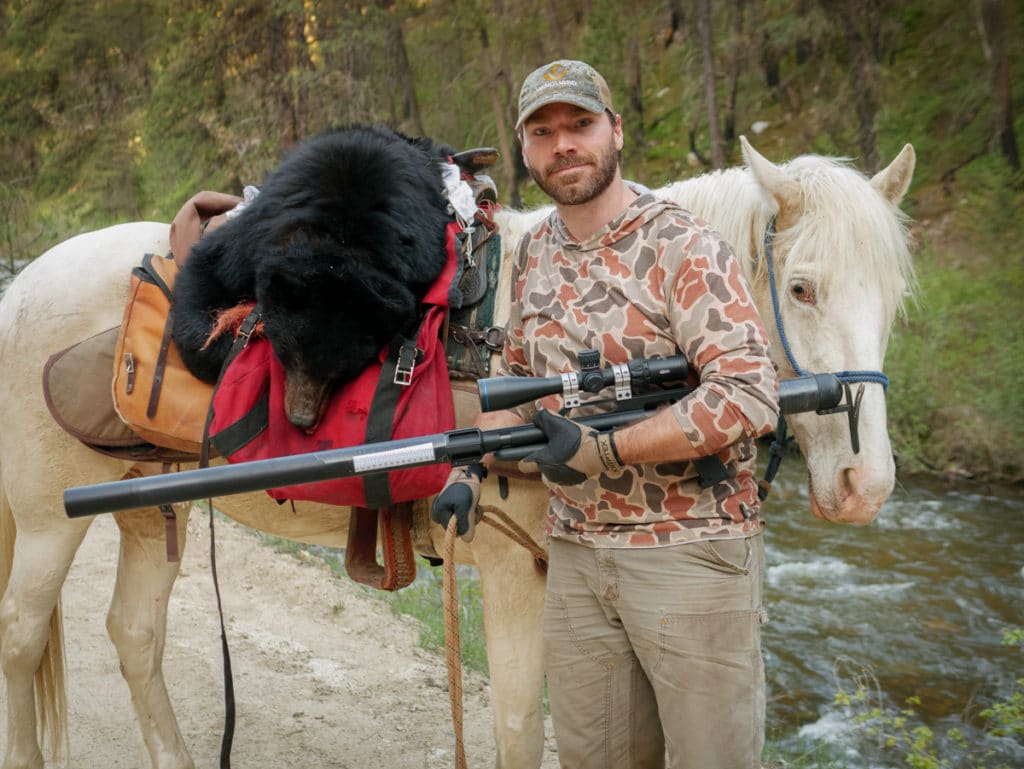
Nationwide, coyotes are the favorite predator to hunt. They are wily and difficult to kill, so when you kill one with skill it’s satisfying. Their pelts are luxurious and soft and are a fun way to initiate hunting stories at home. And, though most hunters don’t know it, they have several pounds of tasty meat. (Yes, I’ve eaten it several times in different ways and it’s good.)
Coyotes are now spread throughout the country and they are probably the most renewable game you can chase. They reproduce and disperse quickly. (You should read Dan Flores’ book, Coyote America) They now give people so much trouble that they need help reducing their populations.
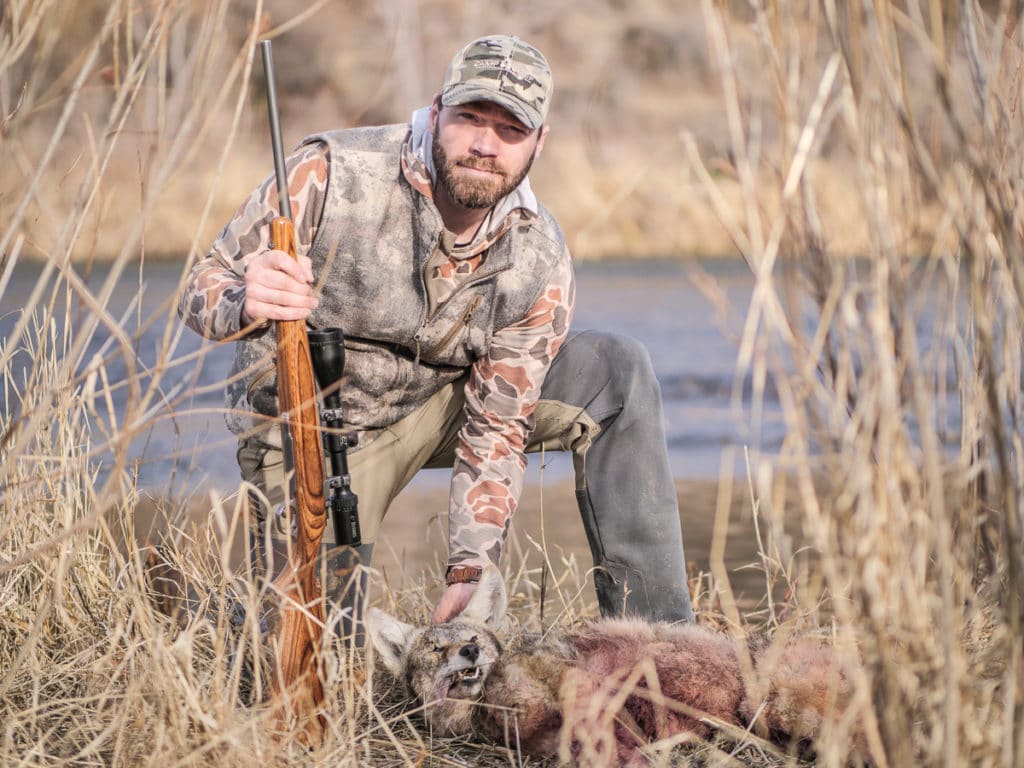
Coyotes account for an astounding number of livestock kills each year. Take a look at sheep losses in a few Western states on the table below. Predators like bobcats, bears, wolves, foxes, eagles, and even ravens kill many thousands of sheep and lambs. But coyotes are responsible for the lion’s share. And those kills represent millions of dollars in lost value. Remember, this is for sheep and lambs only and doesn’t include any other livestock losses.
This table shows stats for a few states. These are taken from the US Department of Agriculture’s National Agriculture Statistics Service. You can see the NASS reports here: Colorado, Montana, Utah, Wyoming.
Coyote-Attributed Sheep & Lamb Losses
|
State |
Year |
Total Predator Losses |
Coyote-Attributed Losses |
% of Predator-Attributed Losses |
Value Lost to All Predators |
Value Lost to Coyotes |
| Colorado |
2019 |
25,300 |
12,093 |
47.8% |
$5.16 million |
$2.46 million |
| Montana |
2020 |
19,100 |
13,599 |
71.2% |
$3.57 million |
$2.52 million |
| Utah |
2021 |
27,800 |
17,097 |
61.5% |
$6.48 million |
$3.99 million |
| Wyoming |
2021 |
22,300 |
15,409 |
69.1% |
$4.09 million |
$2.83 million |
Coyotes clearly have a significant impact on sheep and lamb producers. Coyotes also kill beef calves and other livestock, plus deer, elk, and antelope. I have personally been to a moderately-sized beef ranch in Idaho where the USDA’s Wildlife Services had killed 264 coyotes in one day. We hunted that ranch the day after and still called in more coyotes!
When Lewis and Clark identified coyotes for the first time, they named them Prairie Wolves. I like this name — I think it brings a little more respect. Later, Mark Twain wrote about coyotes dismissively and with disdain and his writings have affected public perception of them ever since. Although they can be pests, they are also remarkable and unique to America. They are among my favorite animals, and they are among my favorite animals to hunt. Whether you hunt them yourself or simply enjoy knowing prairie wolves are out there, I think they deserve your respect.
If you’d like to see coyote management on a ranch in action from a helicopter, check out this video that features Unique ARs at work.
